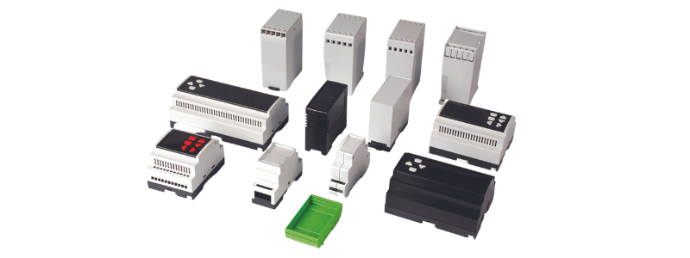Protecting and Preserving Outdoor Products
UV-resistant materials are essential for any application exposed to sunlight, as they prevent degradation caused by ultraviolet (UV) radiation. Prolonged exposure to UV rays can lead to significant deterioration in the mechanical and aesthetic properties of materials, resulting in reduced lifespan and performance. This document explores the key characteristics, benefits, and applications of UV-resistant materials, emphasizing their importance in modern manufacturing and design.
Key Characteristics of UV-Resistant Materials
- UV Stabilizers: UV-resistant materials often contain UV stabilizers, which are additives that absorb or block UV radiation, preventing the breakdown of the polymer chains. These stabilizers are crucial for maintaining the integrity of the material over time.
- Color Retention: UV-resistant materials retain their original color and appearance despite prolonged exposure to sunlight. This characteristic is vital for applications where aesthetics are important, such as outdoor furniture and signage.
- Mechanical Integrity: These materials maintain their mechanical properties, such as tensile strength and flexibility, even after extended UV exposure. This ensures that the material does not become brittle or crack over time.
- Chemical Resistance: UV-resistant materials are often also resistant to various chemicals, enhancing their durability in harsh outdoor environments. This combination of properties makes them suitable for a wide range of applications.
Benefits of UV-Resistant Materials
- Longevity: UV-resistant materials last significantly longer without cracking, fading, or losing strength. This durability translates to fewer replacements and repairs, saving time and costs in the long run.
- Cost-Effective: While UV-resistant materials may have a higher initial cost compared to non-UV-resistant alternatives, their extended lifespan and reduced maintenance needs make them more cost-effective over time.
- Aesthetic Appeal: By retaining their color and appearance, UV-resistant materials ensure that products look new and attractive for longer periods, enhancing their market appeal.
- Performance Reliability: Maintaining mechanical properties under UV exposure ensures that UV-resistant materials perform reliably in critical applications, reducing the risk of material failure.

Applications of UV-Resistant Materials
- Outdoor Furniture: UV-resistant plastics and coatings are used to manufacture outdoor furniture that can withstand prolonged sun exposure without fading or degrading.
- Automotive Parts: Exterior automotive components, such as bumpers, trims, and dashboards, are often made from UV-resistant materials to prevent damage from sunlight. Polycarbonate (PC) and ABS with UV stabilizers are commonly used in these applications.
- Building Materials: Roofing, siding, and window frames made from UV-resistant materials ensure long-lasting performance and maintain their appearance over time.
- Electronics Enclosures: Outdoor electronic devices and enclosures benefit from UV-resistant materials to protect the internal components from sun damage. UV-stabilized ABS and polycarbonate are ideal for these applications due to their strength and protective properties.
- Signage and Displays: UV-resistant materials are used in outdoor signs and displays to ensure that they remain legible and visually appealing despite constant exposure to sunlight. Acrylic and polycarbonate are common choices for their clarity and UV resistance.
- Agricultural Applications: Greenhouses, irrigation systems, and other agricultural equipment often utilize UV-resistant materials to ensure durability and longevity in harsh outdoor conditions.

Conclusion
UV-resistant materials are critical for applications exposed to sunlight, offering significant advantages in terms of durability, aesthetic retention, and performance reliability. By incorporating UV stabilizers and selecting materials designed to withstand UV radiation, manufacturers can enhance the longevity and functionality of their products. Understanding the properties and benefits of UV-resistant materials allows industries to make informed decisions, ensuring that their products meet the demands of outdoor environments and maintain their quality over time. Embracing UV-resistant materials is not just a choice for durability but a strategic move towards sustainability and long-term cost savings.
















